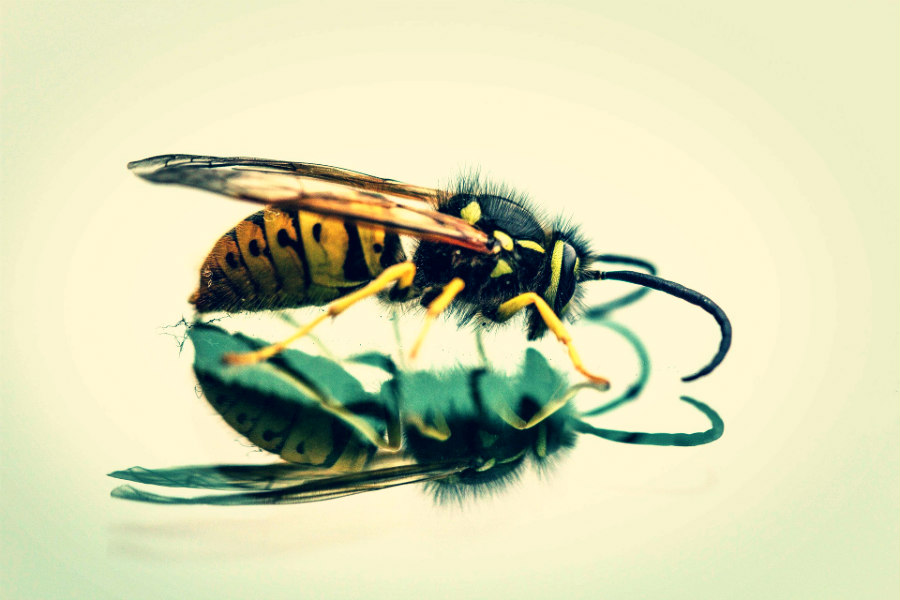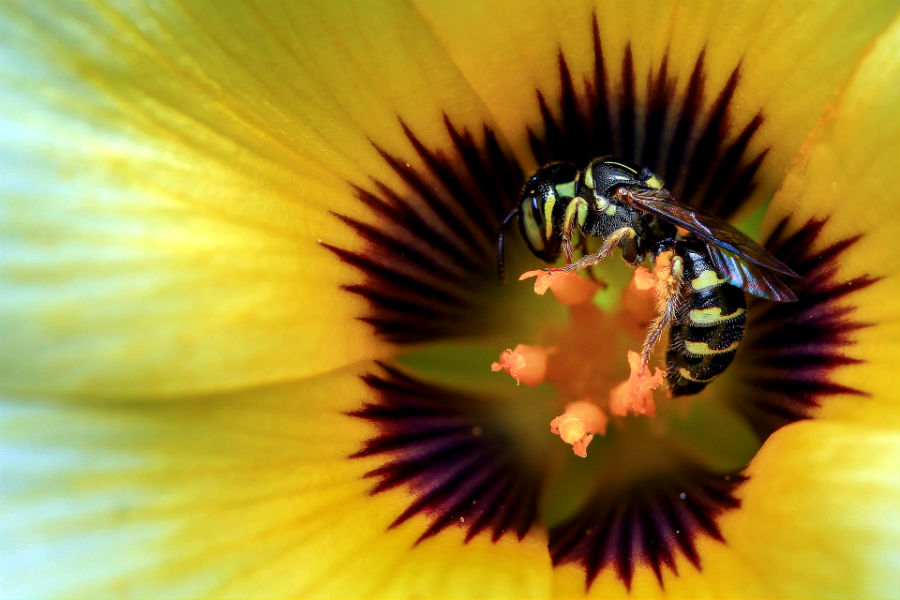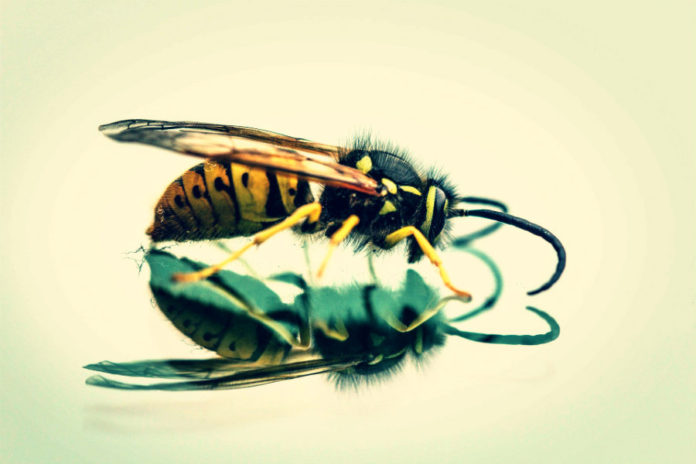
Credit: David Hablutzel
Scientists from the University of Pennsylvania may have finally found an answer from nature against antibiotic-resistant bacteria. They have been able to successfully turn highly toxic Wasp venom into powerful antimicrobial molecules. A major breakthrough, which would hopefully develop into highly efficient medicines that are lethal to strong antibiotic-resistant bacteria.
Antibiotic Resistance
It is a seriously escalating threat the world faces today. Antibiotic Resistance is the inability of the antibiotics to kill certain pathogenic bacteria because the bacteria has built up a resistance against it. Although this could occur naturally, the misuse of antibiotics has been a major contributor to the issue recently. Ignoring its severity without a quick solution could result in an era where common infections could once again kill people!
According to Prof César de la Fuente, a senior author of the study, “New antibiotics are urgently needed to treat the ever-increasing number of drug-resistant infections, and venoms are an untapped source of novel potential drugs.”
The Venom
Although being very toxic, Korean yellow-jacket wasp’s (Vespula lewisii) venom does not pose a serious threat to us in small doses. Its toxicity can destroy red blood cells and could trigger an anaphylaxis shock in a susceptible individual. “Anaphylaxis shock is a potentially life-threatening reaction to a trigger such as an allergen where the blood pressure drops suddenly and makes breathing difficult”.

Credit: Ronny Overhate
The Experiment
Researchers were able to extract highly toxic venom from the Korean yellow-jacket wasp. Then they altered its chemistry within and tested the new molecule against pathogenic bacteria.
This Is How It Was Done!
The team first extracted a peptide called, “mastoparan-L” from the Korean yellow-jacket wasp’s venom. It was common knowledge that this peptide could potentially kill bacteria. With this in mind, the researchers took another well-known strong antimicrobial peptide (pentapeptide motif) and attached it to one end of the mast-L peptide, the end where it is said to be highly toxic for humans. A very neat two birds with one stone attempt!
The researchers treated the mice with the altered venom (mast-MO) few hours before they were injected with sepsis-inducing strains of pathogenic bacteria (strains of E. coli or Staphylococcus aureus), that should normally be lethal to them.
So, What Happened?
The researchers observed that the altered venom destroyed the bacterial cells and greatly reduced their ability to infect human cells. And furthermore, they were able to prove that these specialised venom molecules protected mice against otherwise deadly bacterial infections.
80% of mice that were treated with the new mast-MO survived and the mice that were treated with just mast-L were not so lucky. Another fascinating observation was that even in higher doses the new mast-MO did not cause any toxicity in mice. But the original mast-L was seemed to be highly toxic and lethal in higher doses!
Next Steps
The potency of the mast-MO they used in the experiment was similar to some of the antibiotics already in use, i.e Gentamicin and imipenem. This gives the much need hope for scientists to use this as a potentially highly effective alternative to antibiotic-resistant bacterial infections.
”We think that venom-derived molecules such as the ones we engineered in this study are going to be a valuable source of new antibiotics,” says Prof De la Fuente.
Explaining the future of their findings, “The principles and approaches we used in this study can be applied more broadly to better understand the antimicrobial and immune-modulating properties of peptide molecules, and to harness that understanding to make valuable new treatments,” says Prof De la Fuente.
And Bravo To Their Efforts!
The study has been published in the journal, Proceedings of the National Academy of Sciences.

